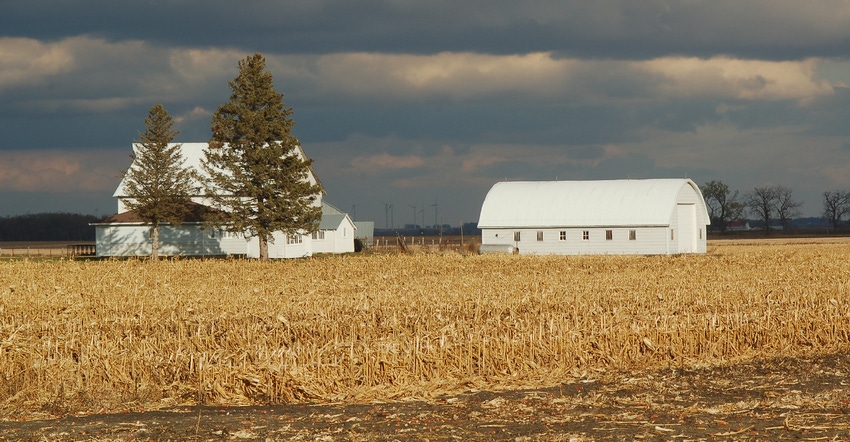
The statistic is both reassuring and alarming: Around 70% of the farmland across the U.S. will be changing hands over the next 20 years.
It offers reassurance because that farmland has the potential to remain productive and in agriculture.
“We will see the largest change in U.S. land ownership that we have ever seen,” notes Amber Roberts, a University of Minnesota Extension educator in agricultural business management, based in Moorhead. “In Minnesota, 50% to 70% of the land in the next 20 years will change ownership.”
 FARM TRANSITION: “The unpredictability of 2020 highlighted for many farm families that while we can diligently plan for the future, there are still many unknowns,” says Amber Roberts, University of Minnesota Extension. “That is why it is important for your farm to create a written transition plan.”
FARM TRANSITION: “The unpredictability of 2020 highlighted for many farm families that while we can diligently plan for the future, there are still many unknowns,” says Amber Roberts, University of Minnesota Extension. “That is why it is important for your farm to create a written transition plan.”

However, the farmland statistic is alarming when paired with data about farm transition planning.
Nationally, one-third of small family-run businesses, including farms, have transferred the business successfully to the next generation — from the first generation to the second. However, the success rate falls to 14% when transferring from the second generation to the third, and to less than 3% from the third generation-plus.
In Minnesota, an Extension survey of farmers who have participated in farm transition workshops over the past 19 years shows that more than 85% of them have yet to complete their farm transition plans.
“This is consistently a challenge [to complete farm transition plans],” Roberts says. “We see it in other states and in the private sectors. Folks want to get started on their transition plans; they are willing to put in time and effort and seek out resources, but it can be extremely overwhelming to get started.”
Still, it is vital that the current and next generations move the task to the top of their 2021 priority list.
Unsure about where to get started? Roberts recommends watching Extension’s first webinar in a new business transition series, Transition Thursdays Webinars: Where to Begin? Assessing Transition Readiness.
To view upcoming webinars, go to Extension’s Transfer and Estate Planning webpage. You can also register for those and other upcoming meetings on the website.
On Jan. 21, the webinar will focus on farm and land transition without a successor. On Feb. 4, multigenerational farm transition planning will be featured. And on March 12-13, a multigenerational farm transition planning event is tentatively scheduled at Alexandria Tech and Community College.
Extension also will be hosting Who Gets Grandma’s Yellow Pie Plate? on March 4 about transitioning nontitled assets.
“The unpredictability of 2020 highlighted for many farm families that while we can diligently plan for the future, there are still many unknowns,” Roberts says. “That is why it is important for your farm to create a written transition plan. Fewer than 1 in 3 family businesses successfully transitions to the next generation. Developing a written plan will greatly help to increase your farm’s chances of having a successful transition and passing on your family’s legacy.”
About the Author(s)
You May Also Like






